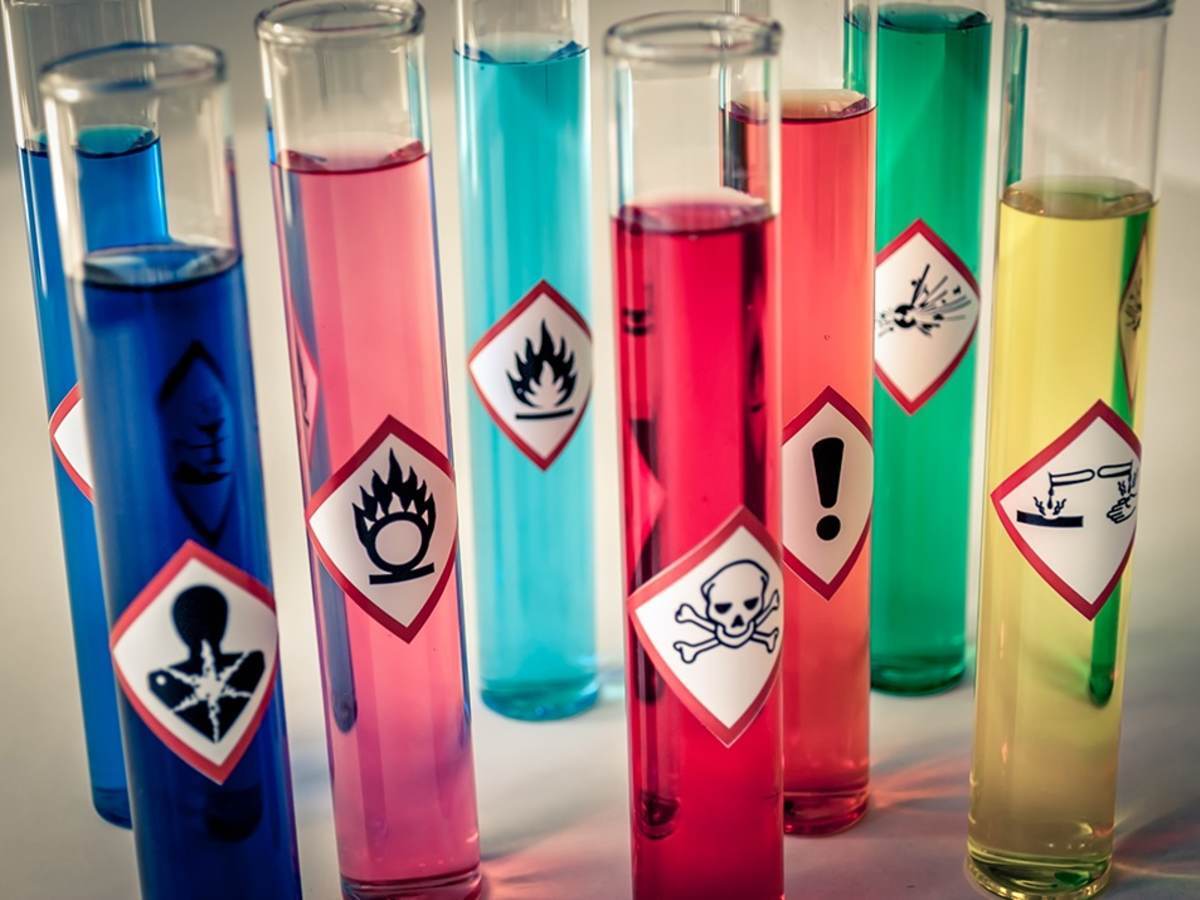January 4, 2023
By Krystal Spickler, program manager, Supply Chain team, UL Solutions
On Dec. 7, 2022, Washington state Department of Ecology filed a proposed new rule, Chapter 173-337 WAC - Safer Products Restrictions and Reporting. The proposal aims to reduce intentionally added toxic chemicals in targeted consumer products. This activity supports Chapter 70A.350 Revised Code of Washington, which establishes the process by which the Department identifies priority consumer products and priority chemicals for evaluation and potential action every five years.
The priority chemicals in the rule include per- and polyfluoroalkyl substances (PFAS), ortho-phthalates, organohalogen and organophosphate flame retardants, alkylphenol ethoxylates, and bisphenols. There are numerous priority consumer products with varying actions and effective dates. The below table provides expanded detail.
|
Priority Chemical |
Consumer Product Category |
Exclusions |
Action |
Effective Date |
|
PFAS
|
Aftermarket stain- and/or water-resistance treatments applied to textile and leather consumer products |
Premarket topical chemical treatments applied to product during manufacturing |
Restriction |
Jan. 1, 2025 |
|
Carpets and rugs intended for indoor or outdoor use |
|
Restriction |
Jan. 1, 2025 |
|
|
Leather and textile furniture and furnishings intended for indoor use |
Leather and textiles sold separately, not part of furniture and furnishings |
Restriction |
Jan. 1, 2026 |
|
|
Leather and textile furniture and furnishings intended for outdoor use |
Leather and textiles sold separately, not part of furniture and furnishings |
Reporting |
Jan. 1, 2024 |
|
|
Ortho-phthalates
|
Fragrances in beauty products and personal care products, whether sold separately or used in a product |
-Ortho-phthalates used for purposes other than a solvent or fixative for fragrance -Active ingredients regulated by FDA as drugs -Consumer products regulated by FDA as medical devices |
Restriction |
Jan. 1, 2025 |
|
Vinyl Flooring |
|
Restriction; Limit 1,000 ppm (individual or total) |
Jan. 1, 2025 |
|
|
Organohalogen Flame Retardants |
Electric and electronic products with plastic external enclosures, intended for indoor use and powered by a standard 120 V outlet or battery |
-Inaccessible electronic components -Removable or replaceable parts not accessible in functional form -Plastic external parts weighing less than 0.5 grams -Screens (Section does apply to enclosure around screens) -Wires, cords, cables, switches, light bulbs, and connectors |
Restriction |
-Jan. 1, 2026 for televisions and electronic displays for Group 11 and Group 22 -For manufacturers, distributors, or sellers of other product meeting the definition3: Group 1 – Jan. 1, 2026 Group 2 – Jan. 1, 2027 |
|
Electric and electronic products with plastic external enclosures, intended for outdoor use and powered by either a standard 120 V outlet or battery |
See above exemptions for indoor electric and electronic products with plastic external enclosures |
Reporting |
Jan. 1, 2024 |
|
|
Organohalogen and Organophosphate4 Flame Retardants |
Recreational wall padding made from polyurethane foam |
|
Reporting |
Jan. 1, 2024 |
|
Other recreational products made from polyurethane foam (ex. Covered flooring or mats, outdoor recreational products, uncovered recreational products) |
-Recreational wall padding made from polyurethane foam -Outdoor playground equipment |
Restriction |
Jan. 1, 2025 |
|
|
Alkylphenol ethoxylates |
Laundry detergent |
|
Restriction; Limit 1,000 ppm (individual or total) |
Jan. 1, 2025 |
|
Bisphenols |
Drink can linings |
|
Restriction; permits continued use of TMBPF-based epoxy liners |
Jan. 1, 2025 |
|
Food can linings |
|
Reporting; permits continued use of TMBPF-based epoxy liners |
Jan. 1, 2024 |
|
|
Thermal paper |
|
Restriction; Limit 200 ppm (individual) |
Jan. 1, 2025 |
1 Person or entity with gross sales equal or greater than $1,000,000,000 in 2022
2 Person or entity with gross sales less than $1,000,000,000 in 2022
3 Examples include all-in-one video conference systems, displays integrated in appliances not available for purchase as a separate product, projectors, and virtual reality headsets
4 Ethylhexyl diphenyl phosphate (EHDPP, CAS RN: 1241-94-7); Isopropylated triphenyl phosphate (IPTPP, CAS RN: 68937-41-7); Tributyl phosphate (TNBP, CAS RN: 126-73-8); Triorthocresyl phosphate (TCP, CAS RN: 1330-78-5); Triphenyl phosphate (TPP, CAS RN: 115-86-6)
Under the noted restrictions, consumer products containing intentionally added priority chemicals cannot be manufactured, sold, or distributed in Washington after the effective date. Restrictions are at the minimum detectable level unless otherwise noted.
Reporting requirements are also outlined. Reporting parties must submit notification to the Department by Jan. 31 of the year after the reporting requirement is effective, and annually thereafter by Jan. 31. Revised notifications can be submitted to the Department when a priority chemical is no longer intentionally added to a product. Notifications should be submitted through the designated database and must include the following information:
- Name and CAS number of the priority chemical (If a CAS is not available, the generic name should be included)
- Product Category according to the GS1 Global Product Classification standard
- Product component within product category containing the priority chemical
- Function of the priority chemical
- Concentration range for each chemical (If multiple concentrations are present for a component, the highest must be reported)
- Reporting party contact information
Manufacturers in violation will be subject to penalties. First offenses are subject to a civil penalty not to exceed $5,000, while repeat violations carry a civil penalty not to exceed $10,000 per offense.
Exemptions do apply. These include products not in scope of chapter 70A.350 RCW, products purchased outside of Washington state, products stored or transported in the state for sale to consumers outside of the state, repair/replacement parts manufactured prior to the restriction, products refurbished with parts manufactured prior to the restriction, or the recycling/disposal of existing stock.
Comments are open through Feb. 5, 2022. Feedback can be submitted online, by mail to the Department of Ecology, or by attending one of the public hearings scheduled in January.
References:
Chapter 173-337 WAC – Safer Products Restrictions and Reporting
Department of Ecology - Safer Products Program Stakeholder Page
Regulatory Roundup Newsletter
Never miss an update
UL, the global safety science leader, can keep you updated on the latest events with a variety of materials, ranging from the latest regulatory news, webinars, white papers, events, industry insights and more.
Subscribe to our monthly Regulatory Roundup Newsletter and stay up to date on current and upcoming regulations and all the latest chemical industry news.
Safety Data Sheet (SDS) Authoring and Labeling Services
Create, maintain and distribute comprehensive SDSs and labels to meet your increasingly complex global compliance requirements.
Chemical Regulatory Compliance
Manage your chemical compliance needs with the help of global regulatory expertise and leading resources.
Chemical Compliance Training
We provide a series of chemical regulatory training programs designed to help understand the diverse set of requirements and how to confront them.
Get connected with our sales team
Thanks for your interest in our products and services. Let's collect some information so we can connect you with the right person.





